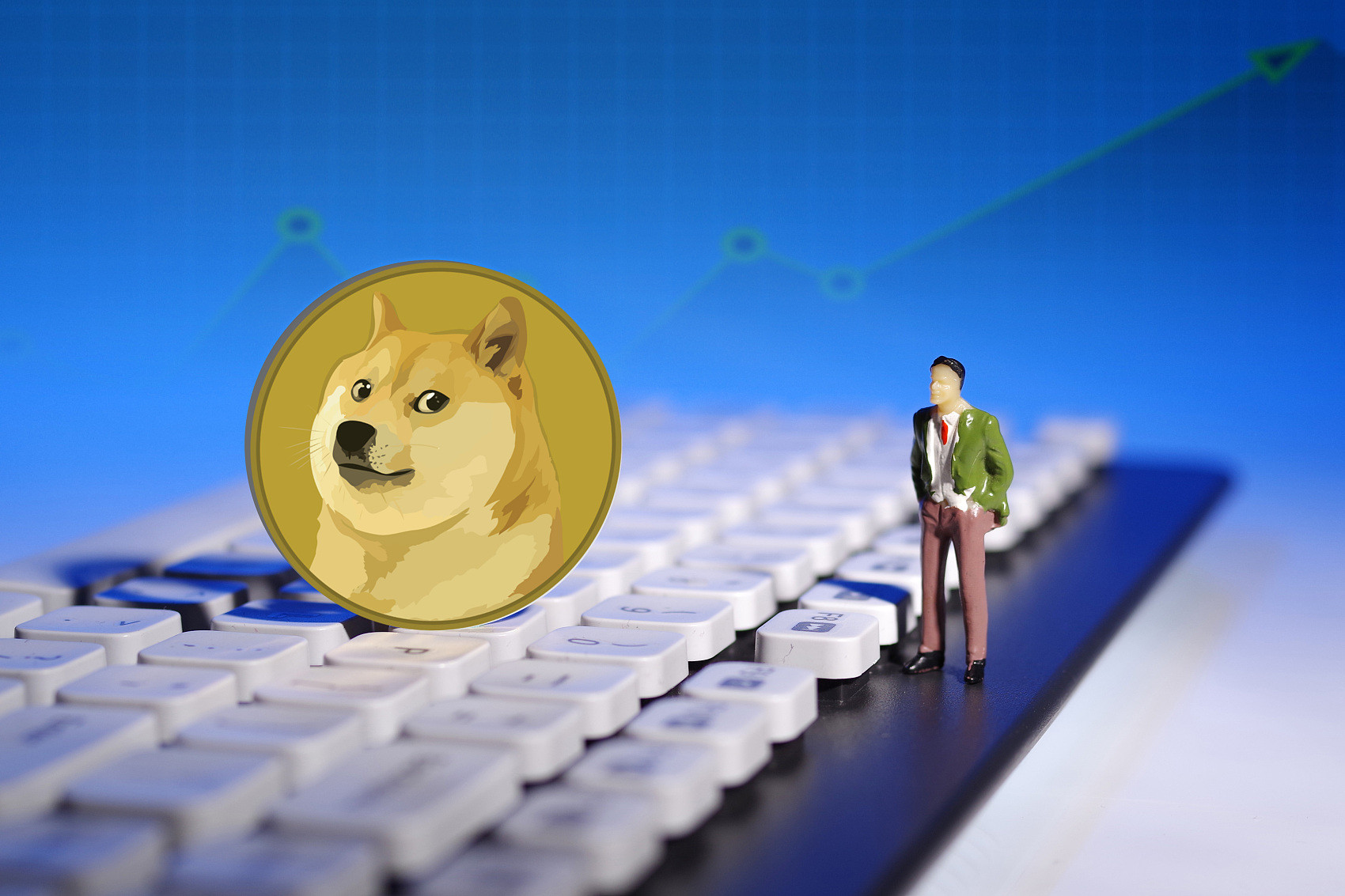Coins, those small, round pieces of metal that jingle in our pockets, have played an essential role in human history for millennia. 狗狗幣未來 These unassuming objects carry a rich tapestry of stories, from their humble beginnings as simple currency to their evolution into symbols of power, culture, and artistry.
In ancient times, coins were a revolutionary invention. They replaced the cumbersome barter system, making trade more efficient and allowing civilizations to flourish. The first coins appeared in the 7th century BCE in the Kingdom of Lydia, located in modern-day Turkey. These early coins were made of electrum, a naturally occurring alloy of gold and silver, and featured intricate designs.
As civilizations expanded, so did the diversity of coins. The Romans, for instance, produced a stunning array of coinage, each with unique symbols and imagery, reflecting their culture and values. Coins became not just a means of exchange but also a form of propaganda, showcasing the might and achievements of rulers.
Coins also played a vital role in the spread of art and culture. The Hellenistic coins, adorned with the likenesses of great philosophers, artists, and leaders, served as both a medium of exchange and a canvas for creativity. These coins served as ambassadors of Greek culture, spreading it far and wide.
Throughout history, coins have reflected technological advancements. The first paper money originated in China during the Tang Dynasty, but coins remained an integral part of trade and commerce. The Industrial Revolution brought about new minting techniques and materials, ushering in the era of modern coinage.
